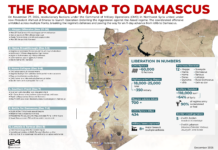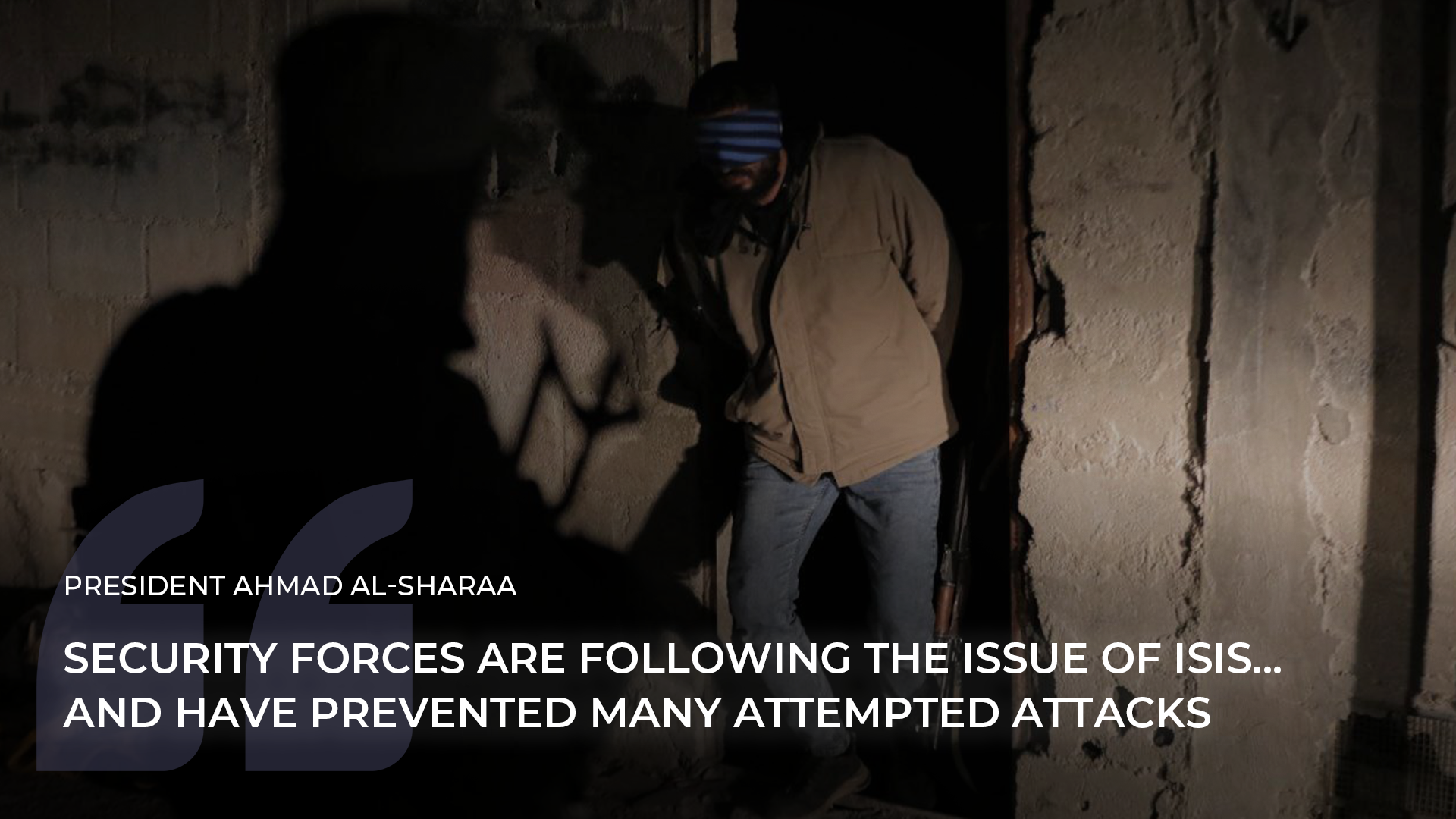
The narrow alleyways surrounding the Sayyida Zeinab shrine in Damascus were unusually quiet when Syrian intelligence operatives moved in. Agents from the General Security Administration (GSA) had tracked an ISIS sleeper cell to a hideout on the outskirts of the capital. Inside, they found three explosive devices, grenades, and rifles—all intended for an attack on a popular pilgrimage site for Shiites. According to officials, the foiled attack was meant to reignite sectarian tensions at a time when Syria’s new government is still struggling to consolidate control.
While ISIS no longer commands the territory it once held, its shadow looms over Syria’s future. Beyond the direct threat posed by the group’s remnants, political actors are strategically shaping the narrative around ISIS to advance their own agendas.
Leveraging ISIS for Political Gain
The presence of ISIS in Syria has long been a convenient tool for the Assad regime and various regional actors seeking military and political legitimacy. Even in the post-Assad landscape, such exploitation remains a factor.
According to Dr. Giuliano Bifolchi, SpecialEurasia Research Manager in Malta, specializing in intelligence and security, Russia, Iran, and Turkey have distinct approaches to the Islamic State. “The Islamic State poses a significant threat to Iran, Russia, and Turkey, as shown by recent attacks, such as the Crocus City Hall bombing in Moscow and the Kerman attack in Iran in 2024,” Bifolchi told Levant 24 (L24).
While Russia’s primary concern is securing its strategic military bases in Syria, Iran’s interests lie in maintaining influence in the region, particularly following Assad’s fall. Turkey, on the other hand, has historically adopted a more complex approach. “Turkey may, at times, utilize the group as a tool to counter Syrian Kurdish militias, which it perceives as a threat to its national security,” Bifolchi claimed.
The Syrian Democratic Forces (SDF), which played a central role in fighting ISIS alongside the US-led coalition, also finds itself in a precarious position. Analyst Eva J. Koulouriotis argues that the SDF may benefit from the continued perception of an ISIS threat. “The SDF leadership fears a US withdrawal under a new Trump administration, which could leave them vulnerable to Turkish military action,” Koulouriotis told L24. “A resurgence of ISIS would reinforce their importance to Washington and the international coalition, ensuring continued support.”
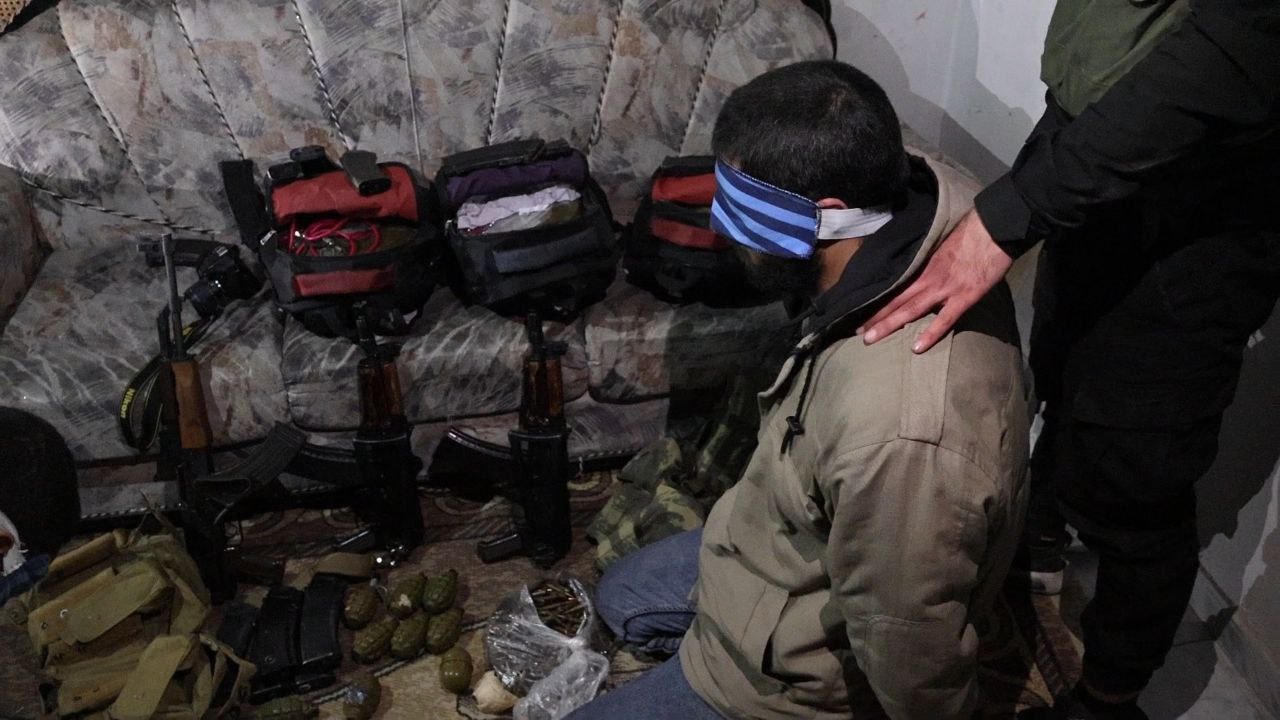
Evolving Threat: A Symbolic or Persistent Menace?
Despite fears of a resurgence, ISIS has not mounted any large-scale attacks in Syria over the last few years. While small-scale ambushes and assassinations persisted in remote regions, the organization has not attempted major territorial expansion.
According to a report by The New Arab, the lack of significant ISIS activity following Assad’s departure supports claims that the former regime may have tolerated or manipulated the group’s presence for political gain. “Before the fall of Assad, the Syrian desert was an area of work for the Russian side, and the US-led coalition rarely launched operations there despite having a presence at al-Tanf base,” the report noted.
If history is any indicator, ISIS’s ability to regenerate often hinges on high-profile prison escapes. This makes Syria’s network of detention facilities a crucial battleground—not just for security forces, but for the long-term strategy of containing the group.
The Prison Dilemma
One of the most pressing issues in post-Assad Syria is the fate of thousands of ISIS fighters and their families detained in SDF-controlled prisons and camps, particularly al-Hawl and al-Roj in northeastern Syria. These facilities have long been a source of concern, with reports of radicalization, security breaches, and dire humanitarian conditions.
Al-Hawl, originally built to house 5,000 Iraqi refugees in the 1990s, now holds around 70,000 people, including 35,000 Syrians and a similar number of Iraqis, along with 10,000 individuals from 30-40 other countries.
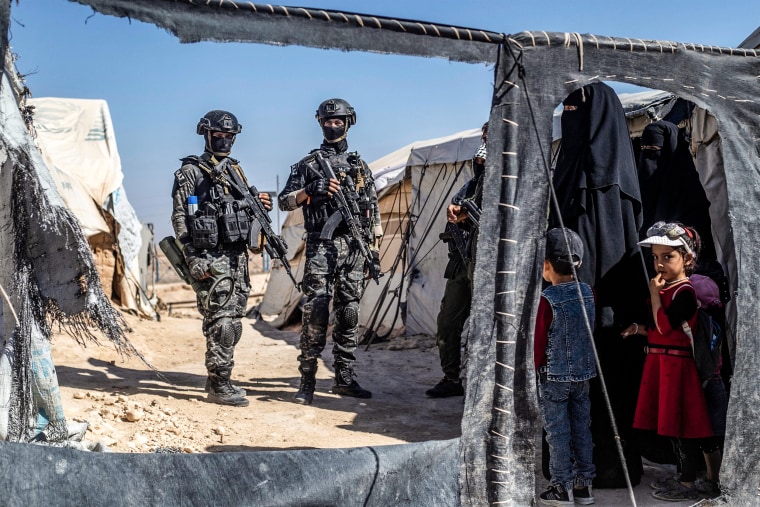
A Threat to Free Syria?
Since the fall of the Assad regime, ISIS has escalated its rhetoric against Syria’s new leadership, denouncing it as an extension of the “international system.” In its Al-Naba publication and a 15-minute video, the group declared war on the new government, calling its leaders “pawns” of “foreign powers.”
Despite its diminished capacity, ISIS continues attempts to destabilize Syria. Following the foiled Sayyida Zeinab shrine attack, Atta Al-Hariri, a key ISIS leader, was arrested in Daraa as he attempted to smuggle weapons.
Meanwhile, Ahmad al-Sharaa, Syria’s new president, says the issue of ISIS has been magnified by the media and other actors. “There is big exaggeration regarding the size of [ISIS], its numbers, its distribution, and so on. I believe the security forces are following the issue of IS with due diligence … and have prevented many attempted attacks … in the country during the past two months.”
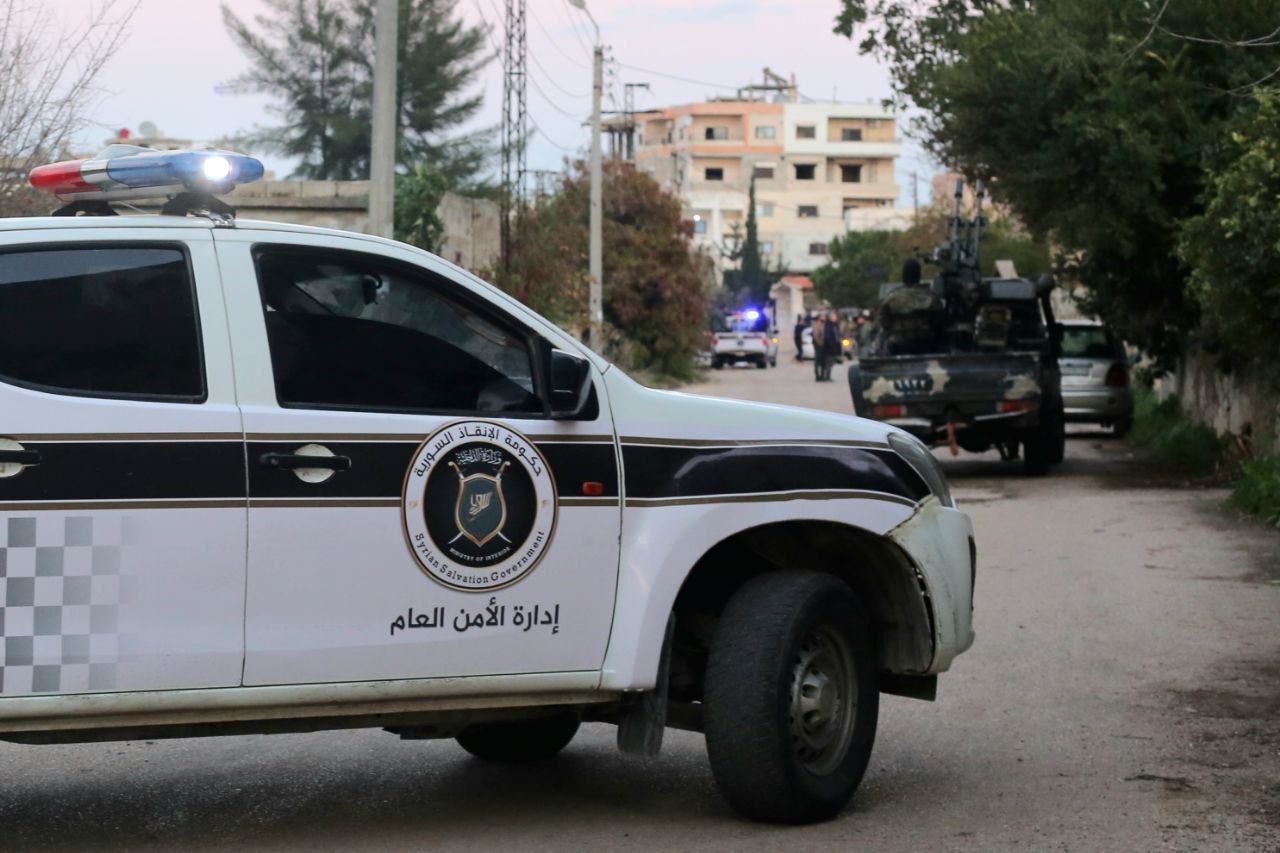
A Fragile Future
While ISIS no longer commands vast territory in Syria, nor does it have the operational strength it once wielded, its recent threats and attempted attacks indicate that it is far from a purely symbolic force. The capability for large-scale military campaigns is blunted, yet its ideological resilience and capacity for asymmetric warfare remain a concern.
Continued plots, ongoing recruitment efforts, and sleeper cells in Syria’s Badia and south suggest the group is shifting toward insurgency tactics rather than territorial control.
The persistence of terrorist threats depends not only on ISIS’s strength but also on Syria’s overall stability. If the new government struggles with security, economic recovery, or factional disputes, ISIS or other bad actors could find opportunities to rebuild networks and exploit local grievances. While it may be unable to topple the new administration, it remains a dangerous disruptor—one the region cannot afford to ignore.



